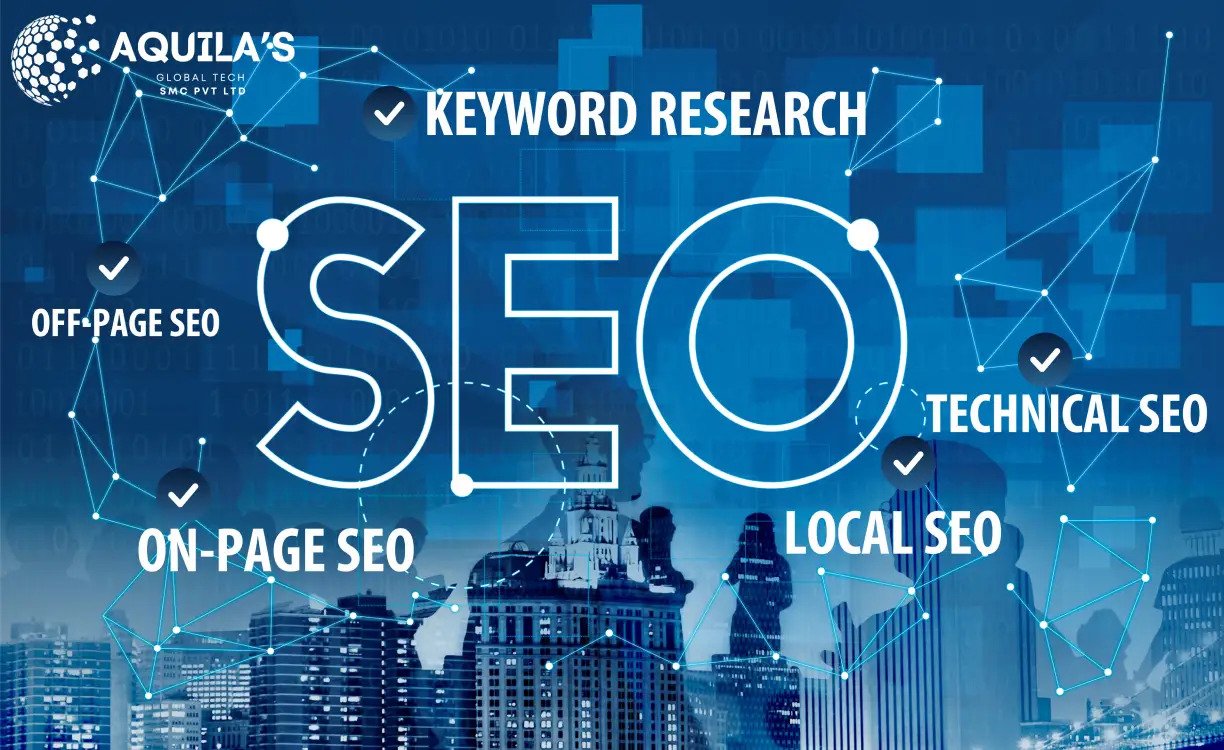In today’s fast-paced digital world, every second counts – especially when it comes to your website’s loading speed. Enter the realm of website speed optimization, where lightning-fast load times can transform your online presence from sluggish to sensational in the blink of an eye. Are you ready to harness the speed powerhouse and propel your website to new heights of success? Let’s rev up those engines and dive into the world of website speed optimization!
Why Website Speed Optimization Matters
Website speed optimization isn’t just about making your site load faster – it’s about creating a seamless, user-friendly experience that keeps visitors engaged and coming back for more. Here’s why it matters:
- Improved User Experience: In today’s digital age, patience is a rare commodity. Visitors expect websites to load quickly and smoothly, and they’re quick to abandon sites that take too long to load. By optimizing your website’s speed, you can provide users with a seamless browsing experience that keeps them engaged and satisfied.
- Higher Search Engine Rankings: Speed is a crucial ranking factor for search engines like Google. Websites that load quickly are more likely to rank higher in search results, leading to increased visibility and organic traffic.
- Increased Conversions: Studies have shown that faster-loading websites have higher conversion rates. By reducing load times, you can improve your website’s conversion rate and ultimately drive more sales and revenue.
- Competitive Advantage: In today’s competitive online landscape, having a fast-loading website can give you a significant edge over your competitors. Users are more likely to choose a website that loads quickly and provides a smooth browsing experience over one that is slow and clunky.
- Better Mobile Performance: With more and more users accessing the web on mobile devices, mobile optimization is crucial. Websites that load quickly on mobile devices are more likely to retain users and drive conversions.
Effective Website Speed Optimization Techniques
Now that you understand why website speed optimization is essential, let’s explore some effective techniques to help you turbocharge your site’s performance:
- Optimize Images: Compress and optimize images to reduce file size without sacrificing quality. Use the correct file format (JPEG, PNG, etc.) and dimensions for each image on your website.
- Minimize HTTP Requests: Reduce the number of HTTP requests required to load your website by combining files, eliminating unnecessary scripts, and leveraging browser caching.
- Enable Compression: Enable GZIP compression to reduce the size of your website’s files, making them quicker to download and improving overall load times.
- Minify CSS, JavaScript, and HTML: Minify your website’s CSS, JavaScript, and HTML files to remove unnecessary whitespace, comments, and code, reducing file size and improving load times.
- Utilize Content Delivery Networks (CDNs): Use CDNs to distribute your website’s content across multiple servers located in different geographic locations, reducing latency and improving load times for users around the world.
- Optimize Server Response Time: Improve your website’s server response time by optimizing server configurations, upgrading hosting plans, and minimizing the use of server-side scripts.
- Monitor and Test Performance: Regularly monitor your website’s performance using tools like Google PageSpeed Insights and GTmetrix. Conduct regular tests and optimizations to identify and address any performance issues.
Rev Up Your Website’s Performance Today!
Ready to unlock the speed powerhouse of website speed optimization and propel your online presence to new heights of success? With the right techniques and tools at your disposal, you can transform your website into a high-speed, high-performance machine that leaves the competition in the dust.



